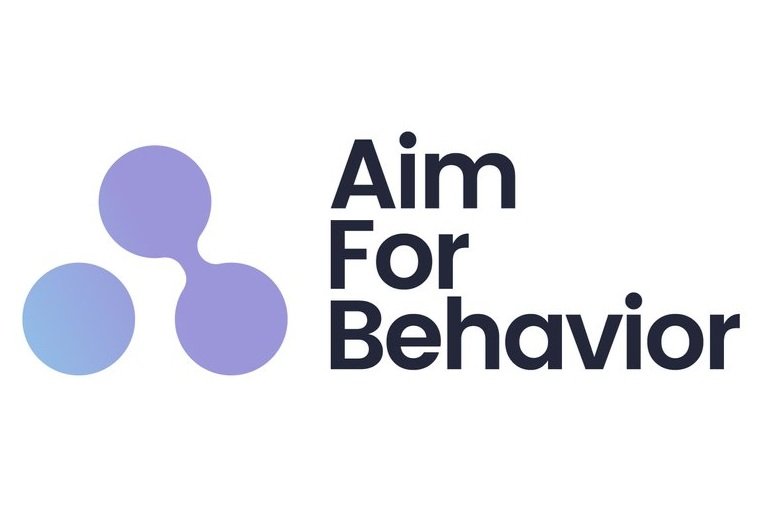Can Psychological Safety Improve Business Outcomes?
Credit: Decision Lab
I am working on some projects on employee experience where I’m applying behavioral insights (reach out if you need help) with some large organizations, and one of the things we look at is measuring Psychological Needs and then seeing where we design to ensure these can be met.
Although needs are a must, safety is also an important element as highlighted by this great article by Laurel Newman, Ph.D. which is nice and timely for me.
You can find the full article on The Decision Lab website.
As Laurel explains, the term psychological safety was brought to light by Harvard Professor Amy C. Edmondson, who eloquently described it as a belief that one can voice their opinion without the fear of being penalized or embarrassed.
A psychologically safe environment is a space where:
-Employees can truly be themselves.
-Making and admitting mistakes isn’t penalized, but rather, it’s seen as part of the learning process.
-Voicing dissent or criticism is not only allowed but respected.
Psychologically safe workplaces offer a unique blend of benefits that, in my opinion, contribute greatly to an organization’s overall success.
-For one, a safe environment reduces the number of errors.
-People feel more comfortable raising concerns, which can potentially prevent significant mistakes from happening.
This is notably evident in healthcare settings, where lives could be at stake — and I would say that although lives are not at stake in other industries, the fact is that having that safety increases trust, and that can lead to better outcomes, and increased wellbeing.
Also, as Laurel points out, in psychologically safe spaces, people can freely share their ideas without the fear of backlash. And even when these ideas are critiqued, it’s about the idea itself, not the person behind it.
This approach fuels innovation and helps in solving complex problems.
This also has to do with your brain, in places where you are not psychologically safe, your brain is probably more on fight or flight and your prefrontal cortex is less engaged, hence removing that creativity and strategic thinking from you.
Some tips for leaders that the author suggests:
-Lead by example by showing authenticity and humility
-Create opportunities for people to voice their thoughts
-Focus on sound business decisions rather than forcing a false sense of harmony.
A little bit of healthy disagreement can lead to the best outcomes
This is where I see the real benefits of a behavioral science approach to helping organizations with these challenges because we are talking not just about a change in the individual, but also change in the system, and that change can come only when we understand the true barriers of behavior, from a neuroscience, psychology, anthropology, sociological, design approach.
Do go over and have a read, it’s a really good one!
Robert

